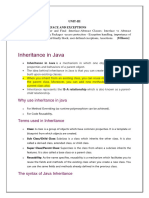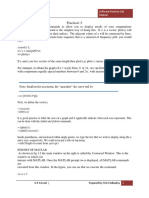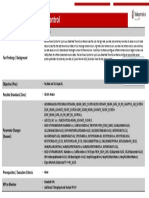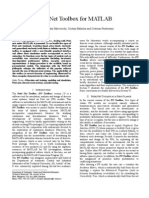0% found this document useful (0 votes)
19 views15 pagesClass X Notes
Java is a widely-used programming language created in 1995, owned by Oracle, and utilized for various applications including mobile, desktop, and web. Key concepts in Java include data types, operators, object-oriented programming principles like polymorphism, abstraction, inheritance, and encapsulation. Each concept is illustrated with examples to demonstrate their functionality and importance in Java programming.
Uploaded by
Roshan GuptaCopyright
© © All Rights Reserved
We take content rights seriously. If you suspect this is your content, claim it here.
Available Formats
Download as PDF, TXT or read online on Scribd
0% found this document useful (0 votes)
19 views15 pagesClass X Notes
Java is a widely-used programming language created in 1995, owned by Oracle, and utilized for various applications including mobile, desktop, and web. Key concepts in Java include data types, operators, object-oriented programming principles like polymorphism, abstraction, inheritance, and encapsulation. Each concept is illustrated with examples to demonstrate their functionality and importance in Java programming.
Uploaded by
Roshan GuptaCopyright
© © All Rights Reserved
We take content rights seriously. If you suspect this is your content, claim it here.
Available Formats
Download as PDF, TXT or read online on Scribd
/ 15



















































































